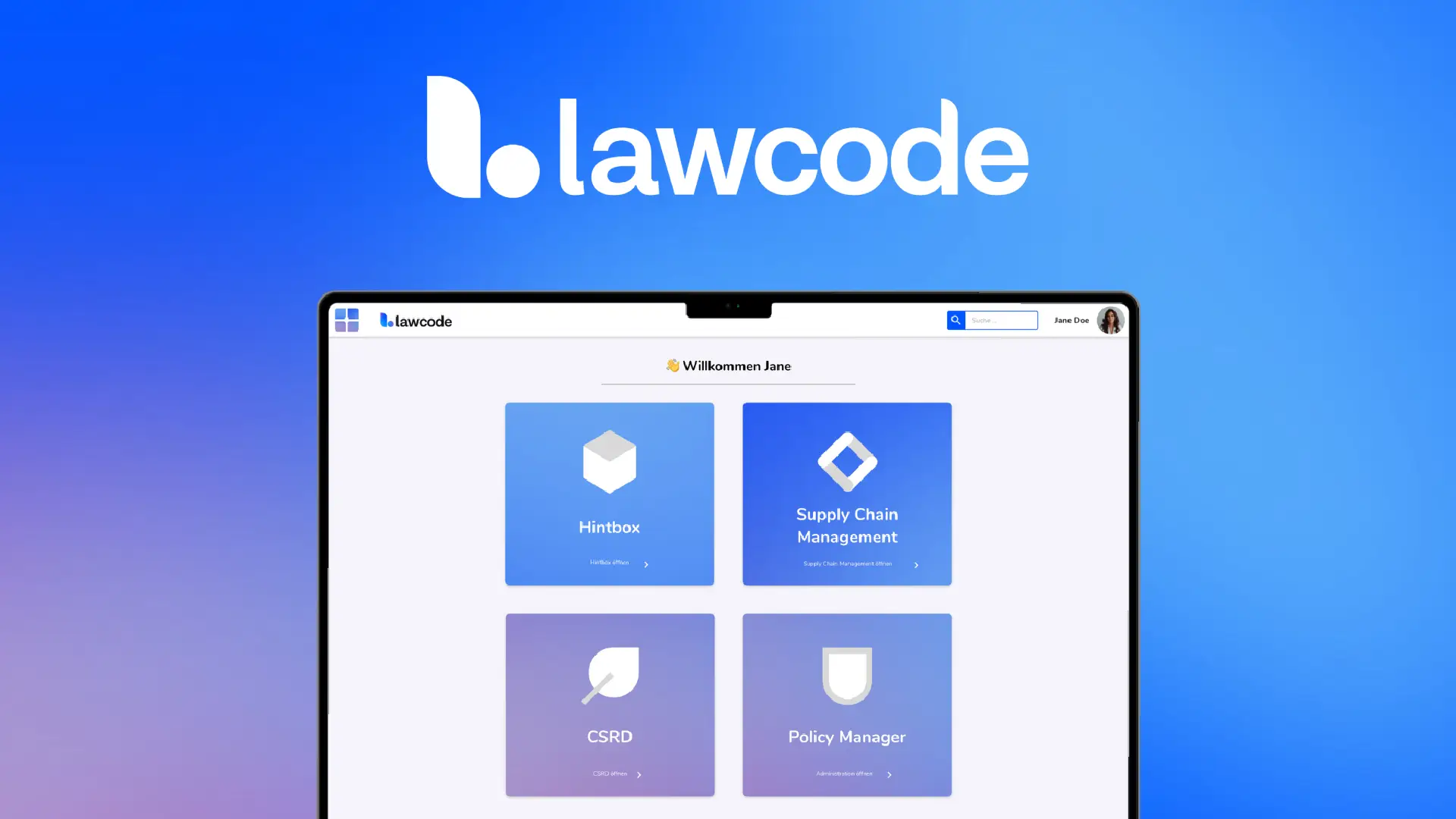Communication of whistleblower systems
1. arrival
= First of all, information must be able to reach all the people it is supposed to reach.
The first sub-process is so simple that it receives far too little attention - even though the rest of the communication process stands and falls with it. In practice, this is also the most frequent reason why regulations or tools are not adhered to or used: People simply didn't know about them. Here, it depends on the target group, the corresponding organization, and the correct use of various media.
Tips:
The use of whistleblower systems in particular generally affects an enormous number of different groups of people: Employees, suppliers, customers, etc. As a company, you must ensure that you communicate on different channels so that you can reach everyone.
For example, if you write a circular email announcing and explaining the whistleblower system, this information often does not reach places where little to no computer work is done or where several people share an email account. This is often the case on the shop floor. As nice and useful as digitization may be, analog media, such as notices on bulletin boards, are primarily worthwhile here.
2. perceive
= The information must be perceived, i.e. it must be looked at, read through or listened to.
The most common problems here are the deterrent visual appearance, the lack of time or the lack of emotional appeal. It is therefore a matter of getting the attention of the recipients and getting them to deal with the content of the information in the first place.
Tips:
If you want to write a whistleblower guideline, for example, please refrain from using black and white texts that are also very long. These are read reluctantly and also only rarely. Instead, use colors, graphics, and a "catchy" headline if necessary. Prioritize and shorten the content (drastically), so that one does not need too much effort and time to read.
In addition, numerous surveys have shown that people shy away from the term "whistleblower" or "whistleblower" alone because they associate it with Edward Snowden, informing and dire consequences. If possible, bypass these negatively-afflicted terms in your communications and paraphrase them, preferring to emphasize the benefits that such a system can have. For example, the protection of employees and the company, or the possibility of (finally) being able to get rid of things that you might otherwise have kept to yourself out of fear.
3. understanding
= The content must arrive "in the brain" of the target group and be understood.
The main problem here is legal jargon: nested sentences, countless paragraphs, technical terms, too much abstract and too few examples. Here, attention must be paid to simple, understandable and clear language, but without legal certainty suffering as a result.
Tips:
A text becomes more readable simply by implementing simple linguistic-grammatical tips: Use active instead of passive voice, more verbs instead of nouns (subordinate clauses with "that...", "so that...", "if..." etc. are very helpful), rather several sentences than one long one, etc. Even legal terms do not have to be taken out completely, but you should explain what they mean.
The biggest problem in terms of legal requirements, however, is creating an effective understanding of whether and how to act and when. For example, the question of which incidents should be reported and which should not. Here it is important to give potential whistleblowers concrete examples on the one hand, but on the other hand also to convey a more flexible "feeling" for what else should or could be reported. This could look something like this: "Report anything that could directly or indirectly harm our patients. For example, alcohol or drug influence of the medical staff, corruptibility of the doctor, (...)".
4. act
= The content must reach the "heart" of the target group and they must act accordingly, e.g. make a whistleblower statement.
Only then, when a piece of information has arrived, has been perceived and understood, one could also act accordingly - but one could also simply leave it alone. Or to put it more simply: everyone knows that they should do enough exercise and eat a healthy diet. But does everyone do it? No - because knowledge alone is not enough. There needs to be an additional personal benefit or suffering. The last sub-process is about classic motivation, i.e. what ultimately motivates us to put something into action.
Tips:
Try to show the potential whistleblowers a positive benefit or at least ease their existing fears. The greatest fears include making a "false/unjustified" report, being outed as a "snitch" or being caught in the crossfire themselves if they are perhaps a few minutes late or accidentally make a mistake. Talk to the recipients, allay their fears and insecurities, and communicate as clearly and specifically as possible what good the potential whistleblowers can do: in their company, for their customers, for their colleagues, and much more.
Conclusion
The implementation of whistleblowing systems is about much more than determining which incidents should be reported at all and how this should be done. If you want to ensure that reports are actually made and that both the intention behind the regulation and the investment in the necessary system are worthwhile, the communication of this topic (which still has a very negative connotation) plays a decisive role:
The company must show empathy and influence the brains and hearts of potential whistleblowers. You have to be able to persuade them to deal with it at all. You have to recognize their fears and insecurities, understand them and then take them away. You have to convey to them the meaning and purpose behind the whistleblowing systems - and you have to do this in the most positive way possible. The focus should therefore be on preventing harm to individuals rather than inflicting it. Don't let people denounce, rather let them help!
Anna Murk, LL.M. EUR from Legal Layman


